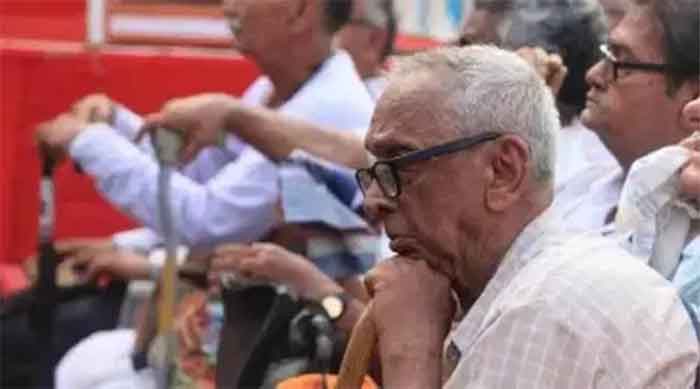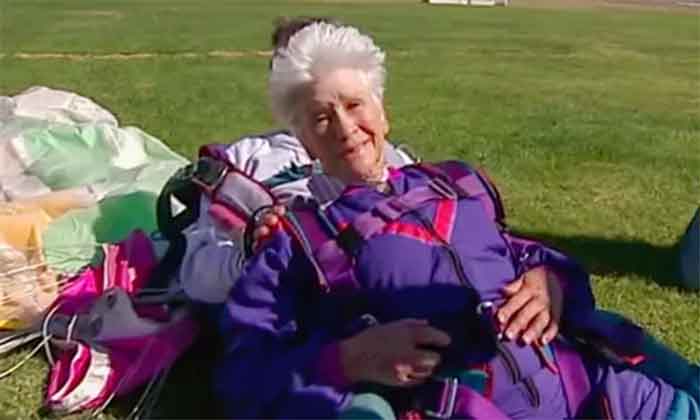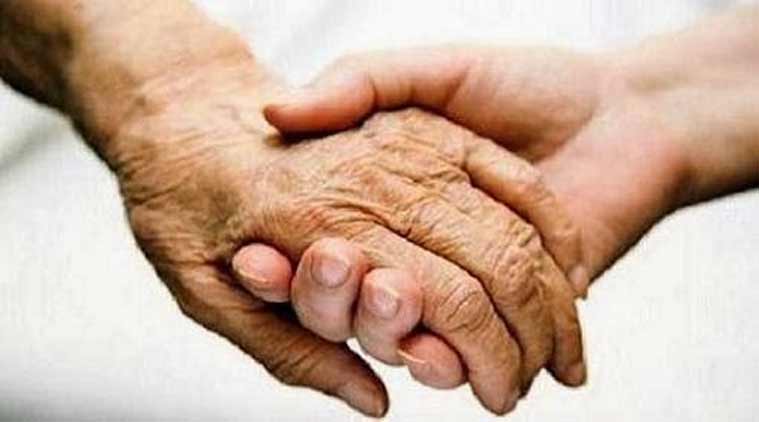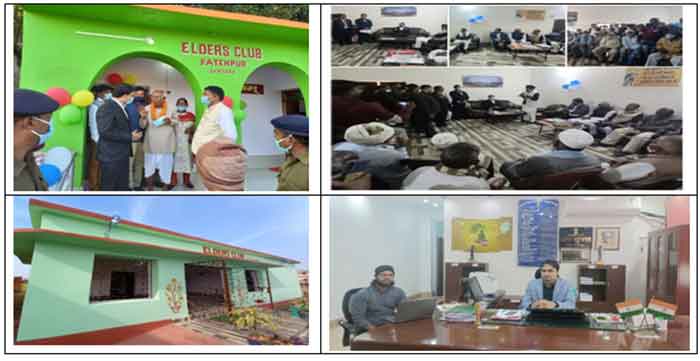by Priti Gulati Cox and Stan Cox
So many crises — from war to mass species die-offs to climate meltdown — afflict our world that we often don’t take time to draw insights from what generally passes for the small stuff, the things that happen all too close to home, including aging. Most of us don’t relish the prospect of getting old, much less watching our parents approach their deaths, something that’s even worse if you’re dying poor.
Having a parent die, whatever the circumstances, is bound to be wrenching. The best we daughters and sons can hope for is that our parents finish out their lives on their own terms and where they want to be — with loved ones nearby and suffering as little as possible. In recent years, the deaths of our own mothers at opposite ends of the globe seemed to highlight, in some modest fashion, the experiences of women who suffer debilitating health problems late in life, as well as the deep humanity and kindness shown them by the people whose work it is to help them exit this world in comfort and with dignity.

Priti’s mother Santosh Gulati and Stan’s mother Brenda Cox were born just four months apart in 1932-1933 and died four years apart in 2018 and 2023. Both lived through an era in which most women’s existences were still bound by the decisions men made. Still, they achieved a great deal despite such constraints and enjoyed relatively good health, only to be hit hard by medical problems in their last years.
During her final decade, Santosh battled breast cancer while also suffering the physical and mental anguish of a rare neurological disease, progressive supranuclear palsy (PSP). She succumbed in 2018, at age 86. In her last decade, Brenda endured the ravages of severe osteoporosis, including chronic, ever-increasing pain from a cascade of excruciating fractures in her spine, along with a broken ankle and fractured hips. In her final five years, she was also stricken by rapidly advancing dementia. She died this February at 90.
Brenda’s Story
In late 2018, Stan’s family began facing a conundrum experienced daily around the world: What will we do when Brenda can no longer take care of herself? Stan’s daughter Sheila answered that question admirably by quitting her job in Kansas and moving to Georgia to care for her then-85-year-old grandmother full-time. A year later, the Covid-19 pandemic struck. Had Sheila not been able and willing to give four years of her life to such work, Brenda might have ended up dying earlier in a care institution, isolated, with advancing dementia — and like so many less fortunate elderly people in those darkest pandemic days, having to say her final goodbyes by telephone. Instead, for almost three years, Brenda stayed out of Covid–19’s path and within reach of her far-flung family, even as her pain, physical disability, and dementia worsened. Then, one day in mid-December 2022, the pandemic finally came for her, carried most likely by a well-wishing visitor.
As her decline accelerated through January, she began losing her ability to swallow (partly because of her dementia), and the resulting aspiration of food and fluids worsened the pneumonia that had plagued her for months before she caught Covid. There was no way to reverse her decline. Before she was discharged from the hospital for the last time, her doctor asked us whether we wanted her problems to be treated “aggressively” with a feeding tube, intravenous fluids, and antibiotics, or whether we’d prefer to drop the losing battle with aspiration.
Brenda had been explicit in her advance directive: no artificial feeding. The whole family was in accord and committed to ensuring that she would feel as much happiness and comfort as possible in her home, with us, thanks to the indispensable support hospice nurses and aides provided us. In January 2023, she came home to the loving care of those hospice workers and her family.
With plenty of us there, someone (or ones) could always be holding Brenda’s hand, often both of them, every minute of her dwindling waking hours and for much of the time she slept as well. And we could do our best to remember the words she was whispering ever less frequently as the hours passed — almost all of them sweet or funny or both. We laughed through our tears. Two days before the end, she was using what little breath she had left to speak largely unintelligible words and phrases. Still, the last thing she whispered, on Valentine’s Day, was unmistakable: “I love all of you.”
Santosh’s Story
When Santosh Gulati died of PSP in December 2018, we were in Mumbai with her, as was most of her family. PSP, often misdiagnosed as Parkinson’s Disease, is one of the cruelest illnesses. It eats away at the mind and the body all too slowly, until — the final symptom suffered by most — you can no longer swallow. The last meal she enjoyed before the hospital’s doctors put her on a feeding tube — against her family’s wishes — was her favorite: meetha (sweet) toast. (Consider it the Indian version of French toast.)
Specialists in the hospital were horrified when we insisted that she die naturally, that they not use artificial feeding to keep her physical body alive while only prolonging her agony. Her doctor warned us sternly, “That decision will come back to haunt you later in life.”
We are indeed haunted, but not about our decision to let Priti’s mother die with some dignity. That was the only loving, humane choice we felt we could make. We are haunted by the fact that so many poor Adivasis (tribal people), Muslims, Dalits, Christians, and other minority groups are living and dying under Hindu supremacy, with no semblance of justice, equality, or dignity.
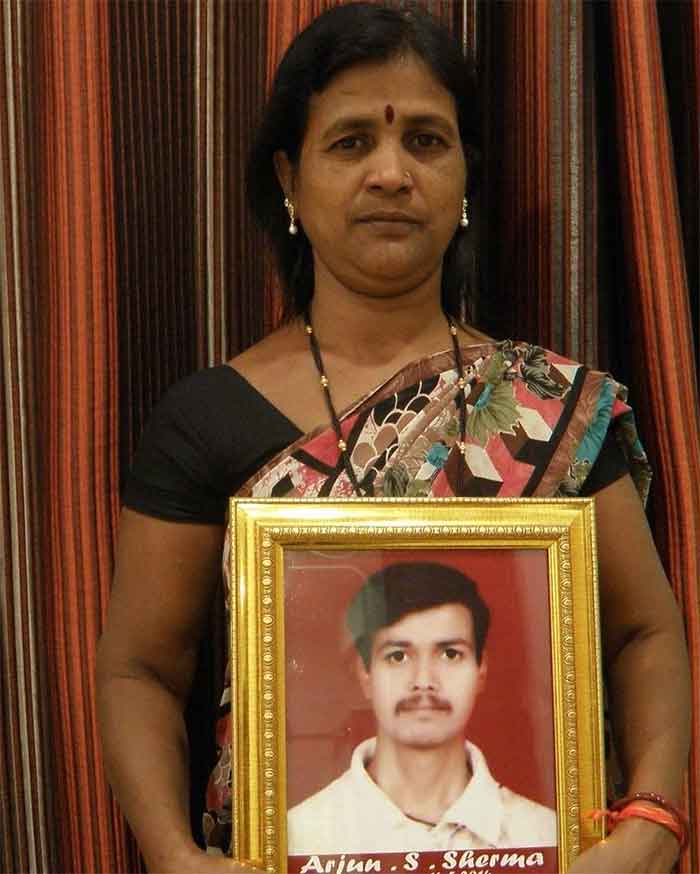
Consider Kalavati, a poor, lower-caste woman who was Santosh’s home caregiver. During one of her hospitalizations, Kalavati stayed in the room with her at night (because all patients were required to have a personal attendant present overnight) and only went home when daylight came and family members took over. One night in the hospital, Kalavati got a call notifying her that her oldest son, Arjun, who had been suffering from tuberculosis, was probably not going to make it to the morning. The first commuter train that could take her to her slum, however, wouldn’t depart until 4:00 a.m. Delayed for hours, she finally neared her house only to see her other two sons running toward her, shouting, “Ma, tu kahan thi? Bhaiya mar gaya!” (“Mama, where were you? Big brother has died!”)
All along, Kalavati had been in an impossible position. She had to work outside her home so that her family could have food and shelter, which meant that, for much of the time, she couldn’t cook or otherwise care for them. She couldn’t even hold her son’s hand as he died (as we did with our mothers). Once the funeral and the mourning period were over, she returned to care lovingly for Priti’s mother until Santosh, too, died.
So, we were grieving for her even as Kalavati grieved for Arjun. His tuberculosis had only worsened when he started drinking heavily, despondent over the stress of growing up poor with a delinquent father while losing the girl he loved. Kalavati had spent all her extra money just to get him into the hospital for treatment. “But he wouldn’t eat,” she told us, “or take his medicines and I had to throw them away. ‘Arjun, take your medicine,’ I said. ‘You will die if you don’t.’” As she so vividly recalled, he then replied, “No, Ma, I don’t want to live and you have my two young brothers to take care of.” There was no hope, the doctors told her. “After I brought him home, I tried giving him a little water, some pineapple juice… Then, in the end, my child’s body completely took hold of the ground. Khalas [finished]. There was no strength left in him to get up,” she told Priti through her tears. “Then I came to work [for Santosh] and after a few days he died.”
Kalavati is one of so many Indian women born into poverty-stricken families who, once married, are abandoned by their husbands and left to care for children singlehandedly. (Her husband left her in 2013.) Many of them also work as maids or caregivers to children or elders in middle-class homes. Out of desperation, many are compelled to neglect their own sons, daughters, and elders to earn a living that isn’t faintly enough to lift them out of poverty. At best, it’s just enough to help them and their loved ones survive. That’s no accident. It’s what keeps capitalism going in India.
Our pain at losing Santosh, who had rarely been free to make her own decisions and ended up suffering from a horrific illness, proved deep and long-lasting. But at least we knew she had died serving her family, not someone else’s. Imagine instead being the son or daughter of a mother who believes her life has no meaning. That’s what Kalavati once told Priti through her tears: “Jeene ka koi matlab he nahi hai.” (“There is no reason to live.”) But live women must. Because women so often turn out to be caregivers to someone — only some of us are fortunate that the someone is our own.
We Know How Lucky We’ve Been
Disparities in the kind of care people receive as they die are widespread, not only between but also within societies. For instance, American hospice use is lower among Black patients in part because, when discussing the end of life with them, physicians tend to provide less information about their diagnosis, outlook, and treatment options, including hospice.
One of the registered nurses whose care Brenda received (and who also came to our aid moments after Brenda died) was Black. We were curious about her experience in hospice work, so we got in touch with her a couple of days later. By text, Donna (not her real name) told us how she and her autistic son had suffered the effects of systemic racism in the overall medical system. She added, more broadly, that, in her 30 years of nursing, she has seen striking disparities in the treatment of White patients versus Black or Latino ones. However, she wrote, having worked in pediatrics, geriatrics, oncology, and hospice, “I have seen the least disparity in hospice care. Our hospice department is very sensitive to cultural differences and they do their best to provide the best care possible for everyone.” So, the chief racial disparity is not necessarily in the quality of hospice care but in the reduced opportunities for Black patients to get into it in the first place.
We are deeply mindful of how fortunate both of our families were to have our mothers’ sad final journeys end at home surrounded by our collective love. We were, above all, fortunate indeed to have the kinds of flexible work schedules most people don’t have, as well as the ability to travel, and enough funds to make it all possible. Far too many Indian and American families won’t have the resources to care for their loved ones at home as they age and die.
In India, only a small minority of families have access to adequate medical care for their loved ones in the last weeks of their lives and even fewer have hospice care that allows them to die with comfort and dignity. For Santosh, there was no hospice available. Her family, like many there, had to improvise. Medical care and the services of home caregivers are, however, far more affordable in India than in the U.S., thanks largely to the low wages of so many healthcare workers. But even then, among India’s poor majority, including Kalavati’s family, the costs of most medical care and all home care remain out of reach.
Most Indians do die at home with their families, but mainly without medical support. A recent study found that, of the 5.4 million people a year in India who need palliative care, only 1% receive it. Crucially, therefore, Santosh couldn’t benefit from the kinds of pain medications that kept Brenda comfortable during her last days. The experiences of our American and Indian families differed in other ways. Brenda’s doctors and nurses were open and frank about her prospects and didn’t urge extraordinary measures to keep her nominally alive; Santosh’s were not. Neither of our families is wealthy. Although we both did have the financial means necessary to care for our mothers, Brenda also benefited greatly from Medicare. India offered no such help for Santosh.
And one more factor: Brenda and all of us descended from her are White, so our efforts to make her last days good ones were not disrupted by systemic racism, as they are for so many in this country.
There’s a saying in India: jispe beet-tee hai woh he janata hai (only the one who’s going through it knows). Santosh used that with Priti once — speaking not of her own suffering but of someone else’s. In Santosh’s final weeks, old Bollywood songs would play each evening on the TV in her bedroom. Four years later, while we stood around Brenda’s bed at dusk as she breathed her last, a song Priti had heard in Santosh’s room the very evening she died played over and over in her head. It was from the 1971 film Anand, about a doctor who struggles to decide between keeping patients alive and accepting death when it’s inevitable:
“Kahin Door Jab Din Dhal Jaaye“
Kahin dur jab din dhal jaye
Sanjh ki dulhan badan churaye
Chupke se aaye
Mere khayalon ke aangan mein
Koi sapnon ke deep jalaye
(Somewhere far away when the day sets
The bride of dusk steals the body
She comes quietly
In the courtyard of my thoughts
Someone lights up lamps of dreams)
Kabhi yoon he jab hui bhojal saansen
Bhar aye baithe baithe jab yoon he ankhen
Kabhi machal ke pyaar se chal ke
Chhue koi mujhe par nazar na aye
Nazar na aye
Kahin dur…
(Sometimes just like that the breath becomes heavy
When my eyes well up just sitting there
Then, fluttering, moving with love
Someone, touches me, but I cannot see her
I cannot see her
Somewhere far away…)
Rest in peace, Brenda, Santosh, and every other mother who gave so much and suffered so greatly.



